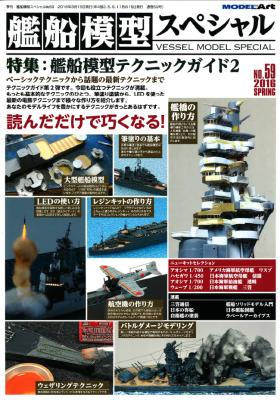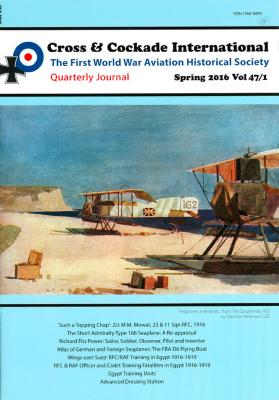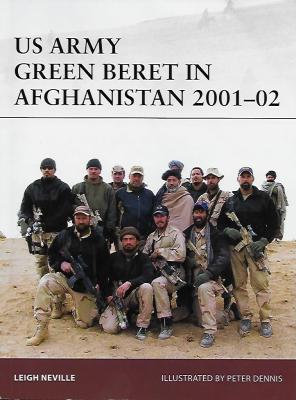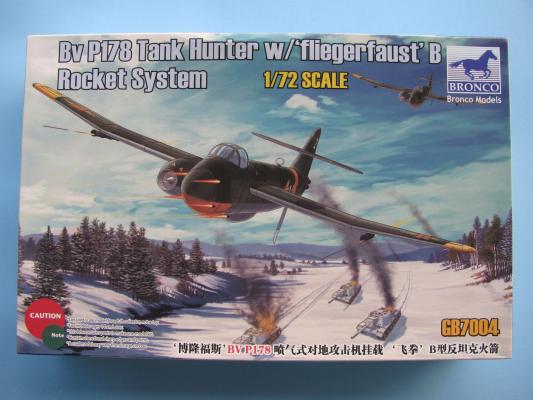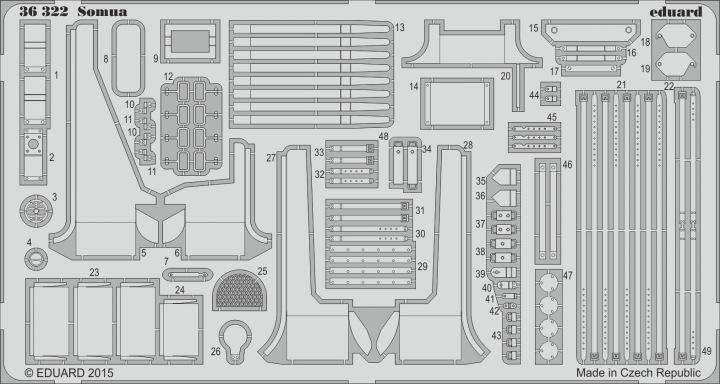Model Art Issue 59 is typical of other Model Art magazines in that it is written entirely in Japanese, with occasional English words, usually in article titles or in captions. The Vessel Model Special is a quarterly issue that focuses on naval subjects. Advertising comprises the inside covers (and back cover) along with another four pages showing what is available and new, always useful for building up that wish list. I counted 596 photos (mostly in color) along with 17 side view or top view drawings. Additionally there are a lot of color scrap drawings highlighting details in the Ship Construction series.
Welcome to the IPMS/USA Reviews site!
Introduction: The primary organization of the IPMS/USA Review website is by IPMS/USA National Contest Class. Within each Class there are sub-menus by kits, decals, books, etc. The Miscellaneous Class is for items that are not class specific or that cross two or more classes.
IPMS/USA Members: We encourage you to submit reviews, both here and to the Journal. To volunteer for membership in the IPMS/USA "Reviewers Corps" and submit your own reviews, please read the Guidelines For Submitting Product Reviews.
Manufacturers, publishers, and other industry members: IPMS/USA is pleased to offer your company the opportunity for product reviews. All product reviews are performed by IPMS/USA members, and are posted in the publicly-accessible section of our website. With very few exceptions, we perform full build reviews of new kit releases, aftermarket products, and supplies. If you would care to provide product samples for review, please contact John Noack, IPMS/USA 1st VP.
To learn more about IPMS/USA, please see our About Us page.
Annual Subscription (4 issues): £ 27.00 ($39.10) plus shipping
The latest journal of Cross & Cockade International - Spring 2016, features a water-color painting of two Short Admiralty Type 166 Seaplanes on the cover. The rear cover shows a photograph of Captain Eric John Stephens and his 41 Squadron SE5a along with a photo of Captain Frank Ormond Soden and his captured Fokker D VII of Ltn Adolph Auer (Jasta 40). If you check out the web site link above, you can get additional sample pics of the current issue.
Cross & Cockade International is a non-profit UK based group known as the First World War Aviation Historical Society that publishes their journal four times a year. They also provide a free newsletter (sign up on their website) and occasionally publish WWI themed books like the Sopwith Dolphin monograph I reviewed earlier for IPMS USA. This Journal is the sister of the US Journal, Over The Front.
Osprey Publications have given us another excellent book in the Warrior Series. Osprey's "US Army Green Beret in Afghanistan 2001-02" book delves into the making of a Green Beret from recruitment to the daily lives during the Afghanistan conflict. This publication is divided into 11 sections:
Whether you are interested in German paper projects of World War 2, a fan of Luftwaffe ’46 planes, or just a builder of unique aircraft, allow me to direct your attention to this recent release from Bronco Models. The relatively low parts count (57 in all) allows for a quick build for modelers with only limited experience. The only challenge may be a few small items, but these are not too daunting with a good pair of tweezers. The beauty of a kit like this is that you cannot go wrong with any paint scheme or markings that you choose, as no one will ever have a photo of the real thing to prove you wrong.
History
The SOMUA S35 was a French Cavalry tank of the Second World War. Built from 1936 until 1940 to equip the armored divisions of the Cavalry, it was for its time a relatively agile medium-weight tank, superior in armor and armament to its French and foreign competitors, such as the contemporary versions of the German Panzerkampfwagen III. It was constructed from well-sloped, mainly cast, armor sections, that however made it expensive to produce and time-consuming to maintain.
During the German invasion of May 1940, the SOMUA S35 proved itself to be a tactically effective type, but this was negated by the French command's strategic mistakes in deploying the Cavalry armored divisions. After the defeat of France in June 1940, limiting production to a number of about 440, captured SOMUA S35s were used by the Axis powers, some of them on the Eastern Front*.











